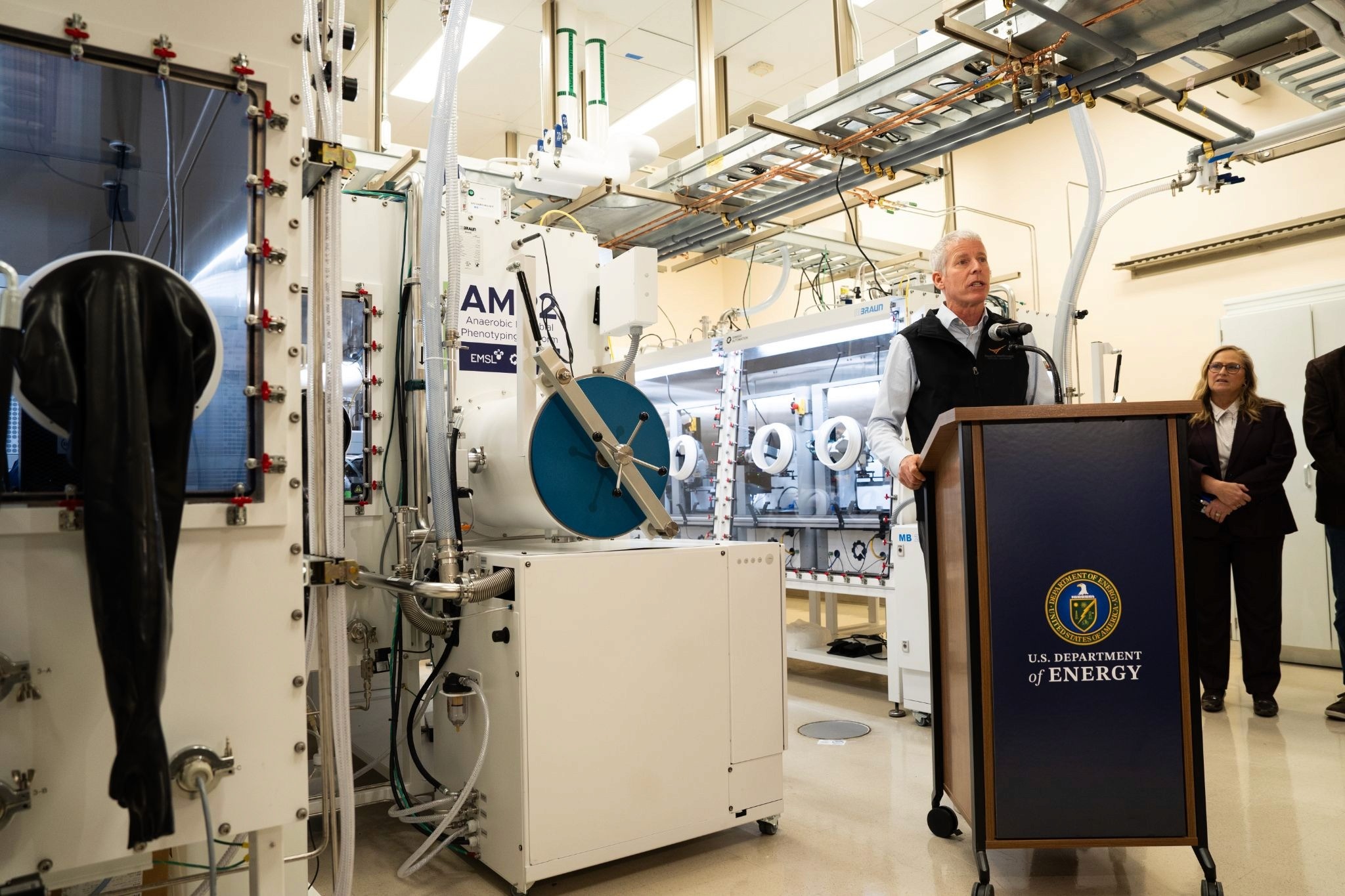Engineered Human Therapies
Is Pharma Finally Catching on to SynBio?
For years, the synbio industry has tried to raise awareness of its capabilities to pharma leaders. Success has been uneven at best. While modalities like mRNA and cell and gene therapy have grown significantly, the synbio industry as a whole is still under-recognized. Or is it?
Mar 1, 2024
Canva
For years, the synbio industry has tried to raise awareness of its capabilities to pharma leaders. Success has been uneven at best. While modalities like mRNA and cell and gene therapy have grown significantly, the synbio industry as a whole is still under-recognized. Or is it?
I spoke with Anil Narasimha, co-founder and CEO of cell therapy tools company Mekonos, for this year’s check-in on synbio for human health. We started our conversation with JPM, which, as discussed in the last newsletter, is the annual vitals check for the human health industry broadly. When I went to JPM in 2023, I never heard the words “synthetic biology” used together. While Narasimha did hear a whisper of synbio at JPM 2024, he acknowledged, “I’m looking for it.”
Narasimha sees the term “synbio” as still relatively niche. “The problem is that the natural tendency for synbio is not in the therapeutic space,” says Narasimha. “It’s more like alternative foods or organism building.” I can’t disagree with him even as we at SynBioBeta fervently put technologies like mRNA and CGT under the synbio umbrella. It’s all about engineering biology to do something beyond its original evolution for the health of people and the planet. While our exact preferred term of “synbio” still hasn’t been adopted in pharma vernacular, what about the technologies synbio represents?
Here’s where Narasimha has seen real progress. When he raised the company’s Seed round in 2018, it required a lot of investor education. “I had to explain to folks what CGT was and what the potential was,” Narashima recalls. It sounds laughable now but Kymriah, the first cell therapy approved by the FDA, had only been launched the previous year. Narasimha describes spending hours with investors explaining the risks and benefits of CGT. “We’re talking cures, not just treatments,” Narasimha says. The very basics. Fast forward to today, and two rounds of funding later, Narasimha has no problem telling Mekonos’ story. Investors are up to speed and excited to join the ride.
For Narasimha, synbio, as a broader industry, is where CGT was in 2017. It’s a known concept with some FDA approvals, but it’s not part of the pharma zeitgeist. “The hope is that you get more and more people like me that are really trying to propagate this [synbio industry], and maybe three to four years down the line, it becomes much easier,” Narasimha says. But he won’t leave the transition to chance. “It's not just going to happen naturally. I think you have to do things to get it there.”
Besides having conversations like this, what else do we need to do to get synbio on pharma’s radar? Another Kymriah breakthrough with a synbio label? “At the end of the day, it comes down to the patients. Patients don’t care if a drug is synbio or not. Are you going to cure me, and how much will it cost? Those are the two things that matter,” Narasimha says.
Essentially, having a blockbuster synbio drug would certainly impact pharma’s view of synbio, but the tech stack is still too far removed from patients. The prevailing sense is that synbio (the tools) and therapeutics (the actual drug built from the tech) are separate. This dichotomy has bothered me for a long time. Why can’t a drug be both? Why can’t we have a synbio therapeutic?
I’ve gotten a lot of pushback on that concept over the years. Some (many) would say that a therapeutic is a therapeutic—how you build it is irrelevant. After all, you wouldn’t call a drug made with AI an AI-therapeutic.
It’s a fair point, but synbio and AI differ significantly on one thing. AI side is purely digital. Synbio builds in the physical world. I push to use the term synbio therapeutic because of the landscape synbio occupies. If we are successful in what the tool stack promises, we could impact every disease in every modality (including small molecules). If we’re that successful, we should have a name pharma, investors, and the wider industry can use to encompass the opportunity space.
Today, this is still speculative. The slow pace of progress feels frustrating. And even the successes we do see aren’t labeled as ours. Like mRNA COVID vaccines, new synbio therapies have reached patients under other names, notably CRISPR. In all fairness, Narasimha points out, why would a CRISPR company rebrand to a synbio company when the first is a well-known reference to a technology that won the Nobel Prize? CRISPR may be synbio, but most people don’t think of it that way.
Where does all this leave the synbio therapeutics debate or synbio tools in pharma? In an esoteric word salad? A critical debate on framing the future of technology? The synbio industry has justified frustrations for not being recognized by pharma. But our technology is a slow burn, at least for now. We’re not making an AI splash—and given the cultural implications beyond human health for AI, we may not want to.
It’s frustrating that each year we write this check-in article, we see incremental progress. A lot of hard work for what may feel like small wins to the broader world. But then again, that hare never did win the race.
P.S. Notes on Fashion:
Narasimha observed fewer ties at this year’s JPM. Suits and ties have long been a hallmark of the pharma industry, just as jeans and $90 t-shirts have been the uniform of synbio and Silicon Valley. Does fewer ties at pharma’s biggest event signal a change in the industry? Fashion is a great cultural weather vane. What might this mean for synbio?
Only ties will tell.


















